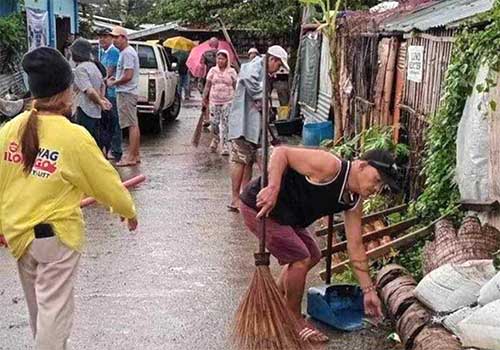
By Rjay Zuriaga Castor
In response to a surge in dengue cases, the Iloilo City government is set to conduct a focused cleanup drive in villages with the highest number of reported cases on Saturday, August 17.
General Services Office head, Engr. Neil Ravena, stated that the cleanup will primarily target mosquito breeding grounds.
Efforts will include identifying and removing stagnant water in tires, cans, PET bottles, and bottle caps, as well as clearing clogged waterways and accumulated trash.
“We appeal to our residents to help with the cleanup and provide information, especially regarding used tires and uncollected waste, as we will promptly remove and clear these areas,” Ravena said.
He also encouraged barangay officials to assist in identifying zones that should be strategically cleaned to effectively eliminate dengue.
Following the cleanup, the City Health Office (CHO) will carry out misting operations in the affected barangays to target adult mosquitoes.
CHO data indicated that the villages with the highest dengue cases include Brgy. So-oc (28 cases) and Brgy. San Jose (20 cases) in Arevalo; Brgy. Zamora (seven cases) and Brgy. Veterans Village (five cases) in City Proper; Brgy. Sambag (18 cases) and Brgy. San Isidro (10 cases) in Jaro I; Brgy. Balabago (13 cases) and Brgy. Lanit (14 cases) in Jaro II; and Brgy. Baldoza (10 cases) and Brgy. Ingore (seven cases) in La Paz, among others.
As of August 13, the CHO reported 649 dengue cases in the city, of which 600 have already recovered. This reflects a 13.7 percent increase from the 366 cases recorded on August 3.
Dengue-related deaths have also risen to two, with the most recent being a 4-year-old boy from South Fundidor in Molo, who died on August 4.
The CHO reported that 40 of the city’s 180 villages have a clustering of dengue cases.
The city government is currently preparing to activate a 25-bed hydration facility at the La Paz Maternity and Reproductive Health Center to provide care for dengue patients without warning signs.
The activation of this hydration unit aims to prevent the congestion of primary healthcare facilities.






















